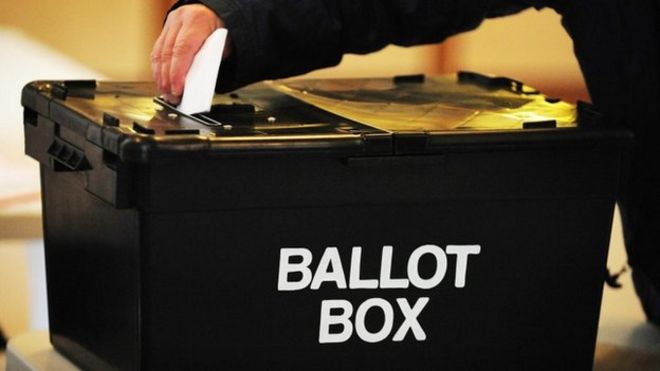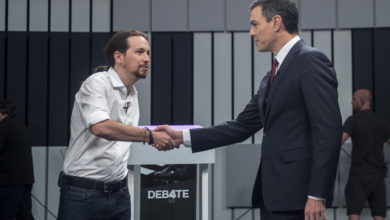Snap Elections in the UK: All You Need To Know

It is undoubted that Brexit has been a thorn in Prime Minister Theresa May’s side. Claiming that divisions within the House of Commons had been disrupting negotiations and that the UK needed a strong and stable leadership, she has called for anticipated elections to be held on June 8.
Electoral System
There are 650 constituencies in the UK, which corresponds to the number of seats in the House of Commons. The current system in place requires citizens to cast their vote for one candidate within their own constituency, instead of voting for a party. The first candidate past the post in each constituency – that is the one with the most votes – is elected as an MP and holds a seat in the House of Commons, which is the lower House in the British parliament. The upper House, the House of Lords, remains unelected.

Main Parties
The UK has a considerable amount of political parties, although historically most of the Members of Parliament are affiliated with one of the two major parties. These are the Democratic Unionist Party and Labour, respectively on the centre-right and centre-left of the political spectrum. In recent decades, the centrist Liberal Democrats had also witnessed a rise in popularity, although this dropped after 2015.
In Scotland, it is the nationalist, social-democratic SNP which holds the majority of the seats, while in the other two devolved countries – Northern Ireland and Wales – it is respectively the Conservatives and Labour who have won the most constituencies.
Main issues
So what are the two main parties most concentrating on? To create a country ‘for the many, not for the few’, Labour is pledging the abolition of tuition fees and expansion of free childcare provisions; an increase in income taxes for the top 5% of earners; and a renationalisation of mail, rail and energy firms. They also aim to and to guarantee the ‘triple lock’, which ensures a minimum yearly increase in state pensions.
The Conservatives, instead, would scrap the ‘triple lock’ and universal free lunch schemes for pupils, and cut corporation taxes to 17%. They have also set a target reduction in migration below 100.000 people a year, and are planning an extra £8bn a year for the NHS – partially paid for by the tripling of health charges for migrant workers and international students.
And of course, the UK’s future relations with the EU have been key to influencing citizens’ votes, as well as being the most pressing issue for the EU. None of the six main parties is currently advocating to ignore or overturn the result of the referendum, but their proposals vary considerably.

On the hard Brexit end of the spectrum we can find UKIP and the Conservatives, both planning to take the UK out of the single market, the customs union and to end freedom of movement. On the other end we can find the Greens and the Liberal Democrats, who are not only proposing a soft Brexit retaining all freedoms, but also a ratification referendum on final deal with an option to remain in the EU.
An indefinite middle ground is held by the other two main parties in the race: SNP and Labour. Labour to have adopted a soft Brexit approach which will keep the UK in the single market and protect workers’ rights, while at the same time proposing to reform the management of migration. SNP, on the other hand, is fundamentally focused on Scotland. With no realistic possibility of forming the majority with only 59 constituencies to win, they have pledged to push for a second independence referendum after the terms of Brexit are known, in order to allow the Scottish people to reject a bad deal.
Polls
The 2015 elections gave rise to a Conservative government with Labour as main opposition, and history seems to be repeating itself: the Conservatives are leading with 44% in polls, and are set to largely increase the number of seats they hold in the House of Commons. However, Labour has witnessed a huge rise in public consensus ever since its manifesto was leaked, settling at around 38% of voting preferences.
Considering that the Conservatives held a 20-point lead when the election was announced, Labour’s come back has attracted quite a bit of attention. It is unlikely that they will manage to completely close the gap, but this will certainly be less of a landslide win for the Conservatives than was originally prospected.






The paragraph describing the main parties in Northern Ireland is not accurate. Here, at this time, the Democratic Unionist Party (DUP) and Sinn Fein (SF) are likely to get most votes. The former is religiously conservative and pro-Brexit. The latter holds a human rights, united Ireland and anti-Brexit stance. On the right is the Ulster Unionist Party (UUP) which is similar to the DUP, but until recently, less hard-line. Many protestants support the DUP and UUP and catholics,SF. In the centre ground are the Alliance Party, SDLP and Green party, all of which are anti-Brexit.